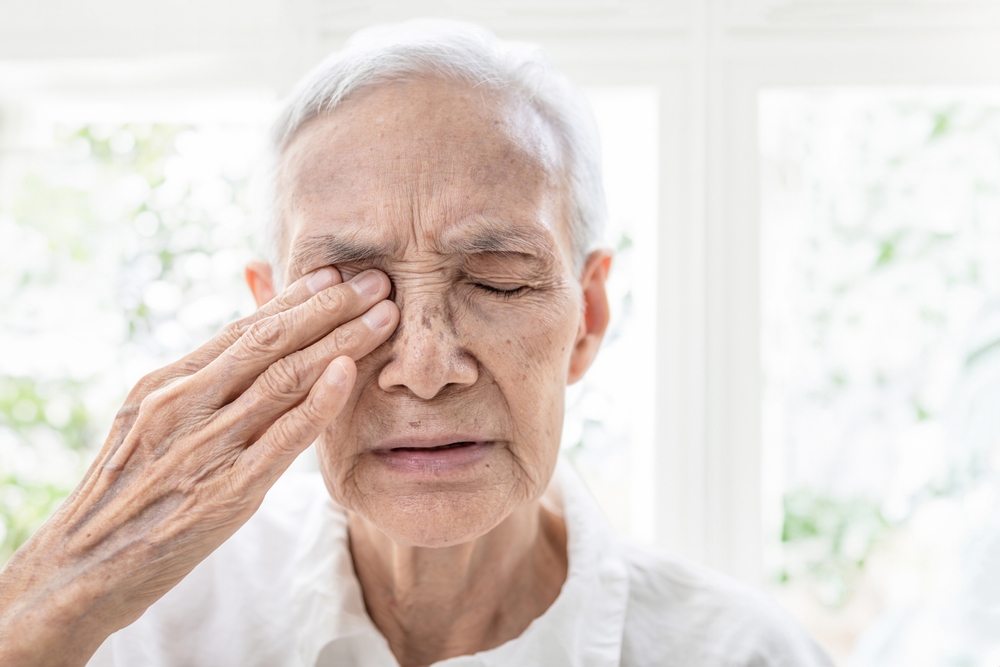
Age-related macular degeneration (AMD) is a common eye condition that affects the central portion of the retina (the macula), leading to vision loss in people over 50. While there's currently no cure for AMD, early detection and a combination of professional care and at-home strategies can help slow its progression and improve quality of life. If you or a loved one has been diagnosed with AMD, here are some helpful ways to manage symptoms and protect your vision.
At-Home Tips to Support Your Eye Health
1. Adopt a Vision-Friendly Diet
Nutrition plays a significant role in eye health. Diets rich in leafy greens (like spinach and kale), colorful fruits and vegetables, and omega-3 fatty acids (found in fish like salmon) can support the health of your retina. Consider foods high in antioxidants like lutein and zeaxanthin—nutrients that may help slow AMD progression.
2. Take Eye-Specific Supplements
Your optometrist may recommend supplements formulated specifically for AMD, such as the AREDS2 formula, which includes vitamin C, vitamin E, zinc, copper, lutein, and zeaxanthin. Always consult your eye doctor before starting any supplements.
3. Protect Your Eyes from UV and Blue Light
Exposure to ultraviolet (UV) rays and high-energy blue light may accelerate AMD symptoms. Wear sunglasses with 100% UV protection when outdoors, and consider using blue-light-blocking lenses if you spend extended time on screens.
4. Quit Smoking
Smoking is one of the most significant modifiable risk factors for AMD. It reduces oxygen supply to the retina and speeds up the degeneration of macular cells. Quitting smoking can make a measurable difference in slowing disease progression.
5. Monitor Changes at Home
Use an Amsler grid—a simple square with a grid pattern—to regularly check for changes in your central vision. Any new blurring, dark spots, or wavy lines could indicate a shift in your condition and should be reported to your eye doctor immediately.
Professional Support for Managing AMD
1. Schedule Regular Eye Exams
Early detection is key to preserving vision. Comprehensive eye exams allow your optometrist to monitor AMD progression and adjust your treatment plan as needed. Imaging tools like optical coherence tomography (OCT) help detect subtle changes in the retina.
2. Discuss Advanced Treatment Options
For wet AMD, your optometrist may refer you to a retinal specialist for injections that help prevent the growth of abnormal blood vessels in the retina. These treatments can help maintain and sometimes improve vision when administered early.
3. Use Low Vision Aids
If AMD has already affected your vision, low vision devices such as magnifiers, special reading glasses, and electronic aids can make daily tasks easier. Your optometrist can recommend tools tailored to your needs and show you how to use them effectively.
Take Charge of Your Vision at True Vision Optometry
Living with macular degeneration can be challenging, but with the right combination of lifestyle changes and professional support, you can take control of your symptoms and continue to enjoy a high quality of life.
Schedule a comprehensive eye exam with True Vision Optometry to discuss your AMD symptoms and create a care plan that works for you. Visit our office in Montebello, California, or call (323) 403-4116 to book an appointment today.









